Schedule a Call Back
Reliable machining processes leading to customer satisfaction
 Articles
Articles- Oct 22,19
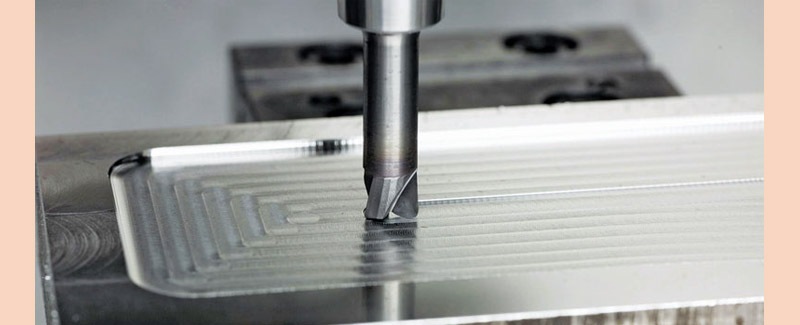
Related Stories

Seco Partners with AMRC to Drive Sustainable Machining through Data Intelligence
Looking ahead, Seco is building toward an AI-powered, automated feedback system that continuously optimises processes in real-time.
Read more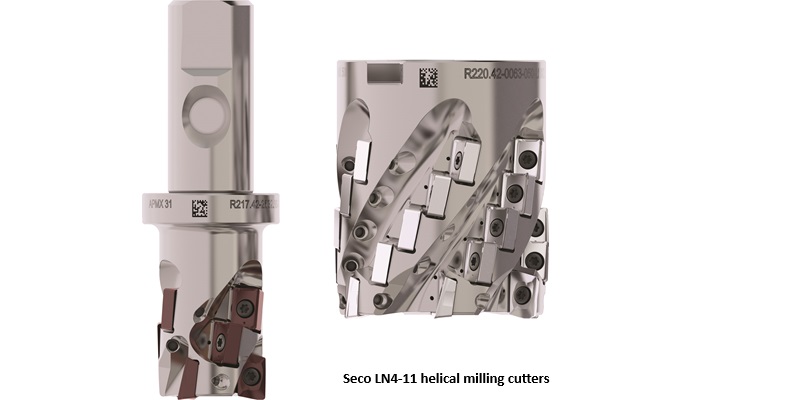
Seco’s new helical milling cutter delivers three times longer tool life
Seco LN4-11 Helical Milling Cutter provides shops several avenues to cut costs and improve profitability. Its adaptability to a variety of applications enables shops to reduce tooling inventories an..
Read more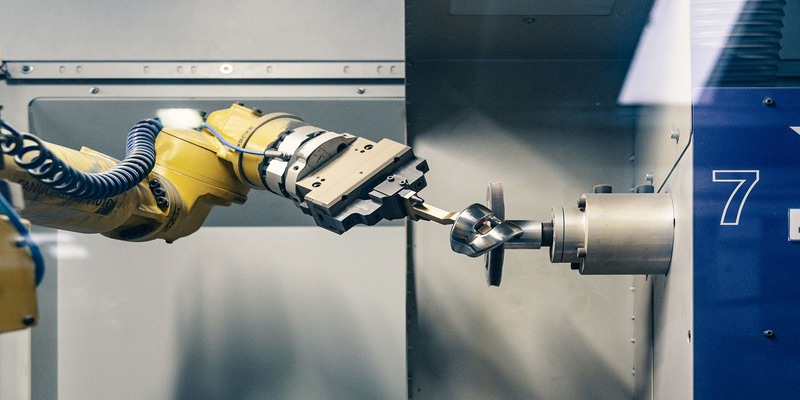
Strategic Partnership with Seco Tools working good for Permedica
Business has been growing so quickly for Italian medical implant manufacturer Permedica that it can barely keep up with demand. However, a new strategy for its CNC department, in partnership with Se..
Read moreRelated Products
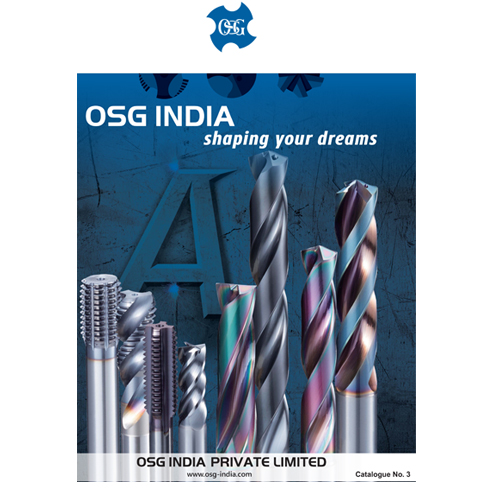
Precision Cutting Tools1
S S Trading Corporation offers a wide range of precision
cutting tools.
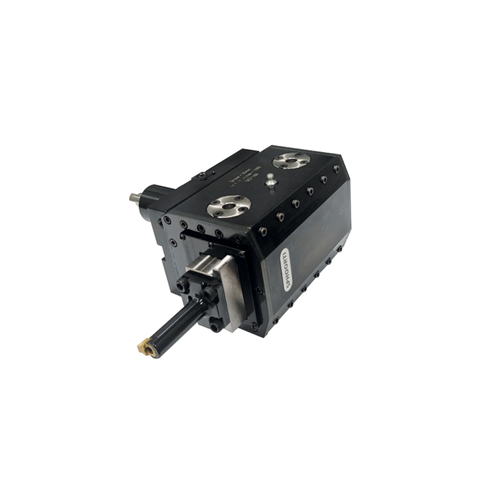
Slotting Head Unit for All Cnc Turn Mill Centers
Sphoorti Machine Tools Pvt Ltd offers a wide range of
slotting head unit for all CNC turn mill centers.
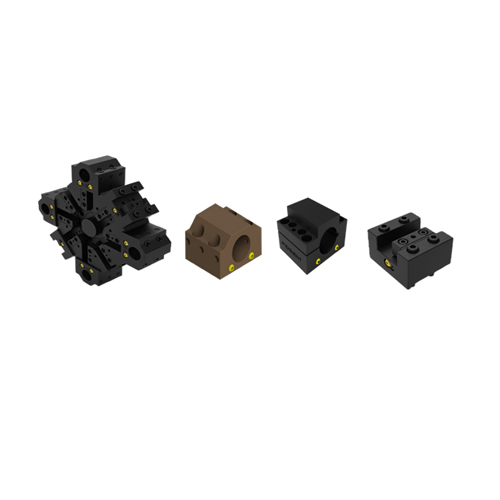
Slotted Tool Disc and Tool Holders
Prominent Machine Tools offers a wide range of slotted tool disc and tool holders.
















